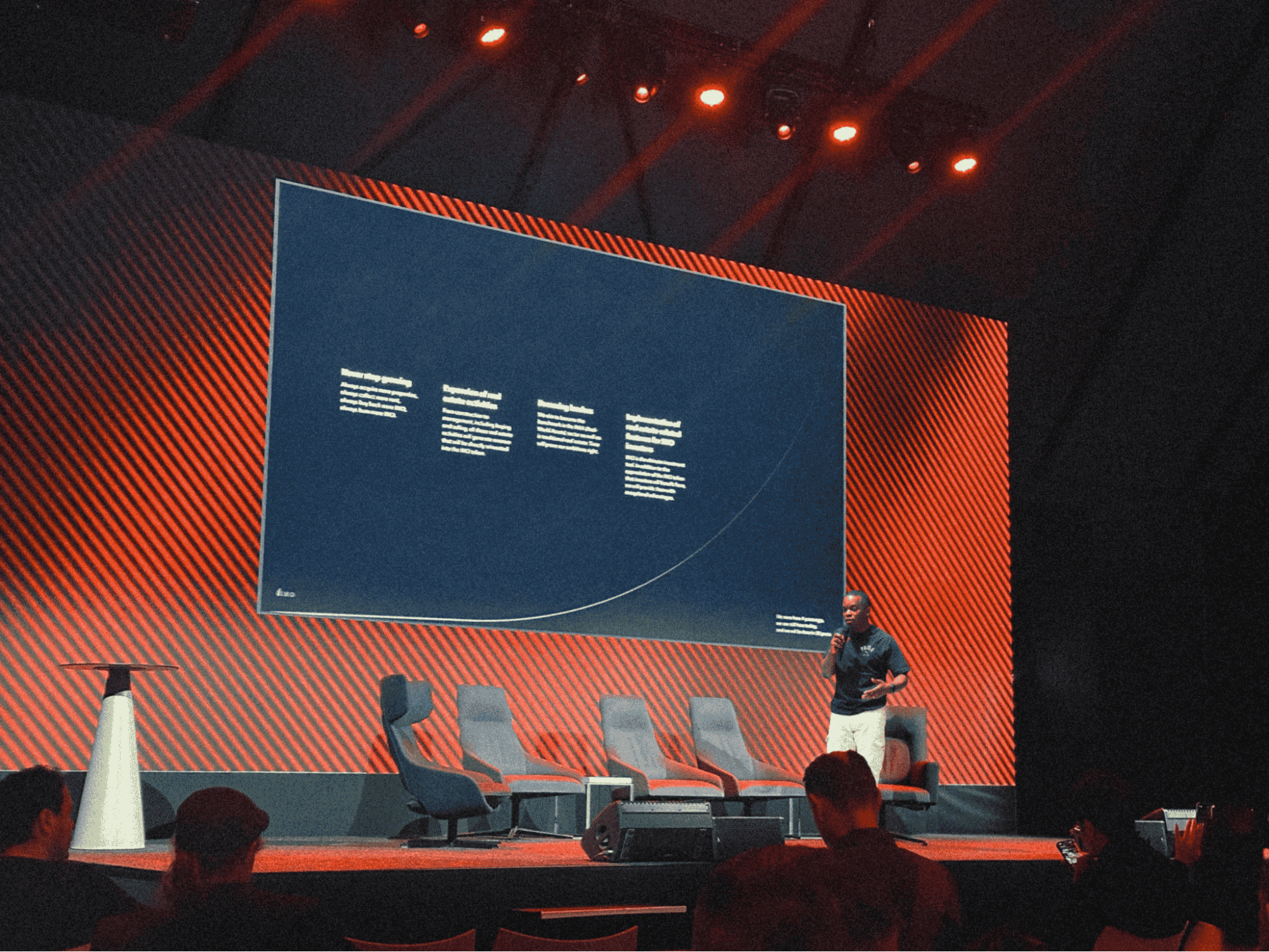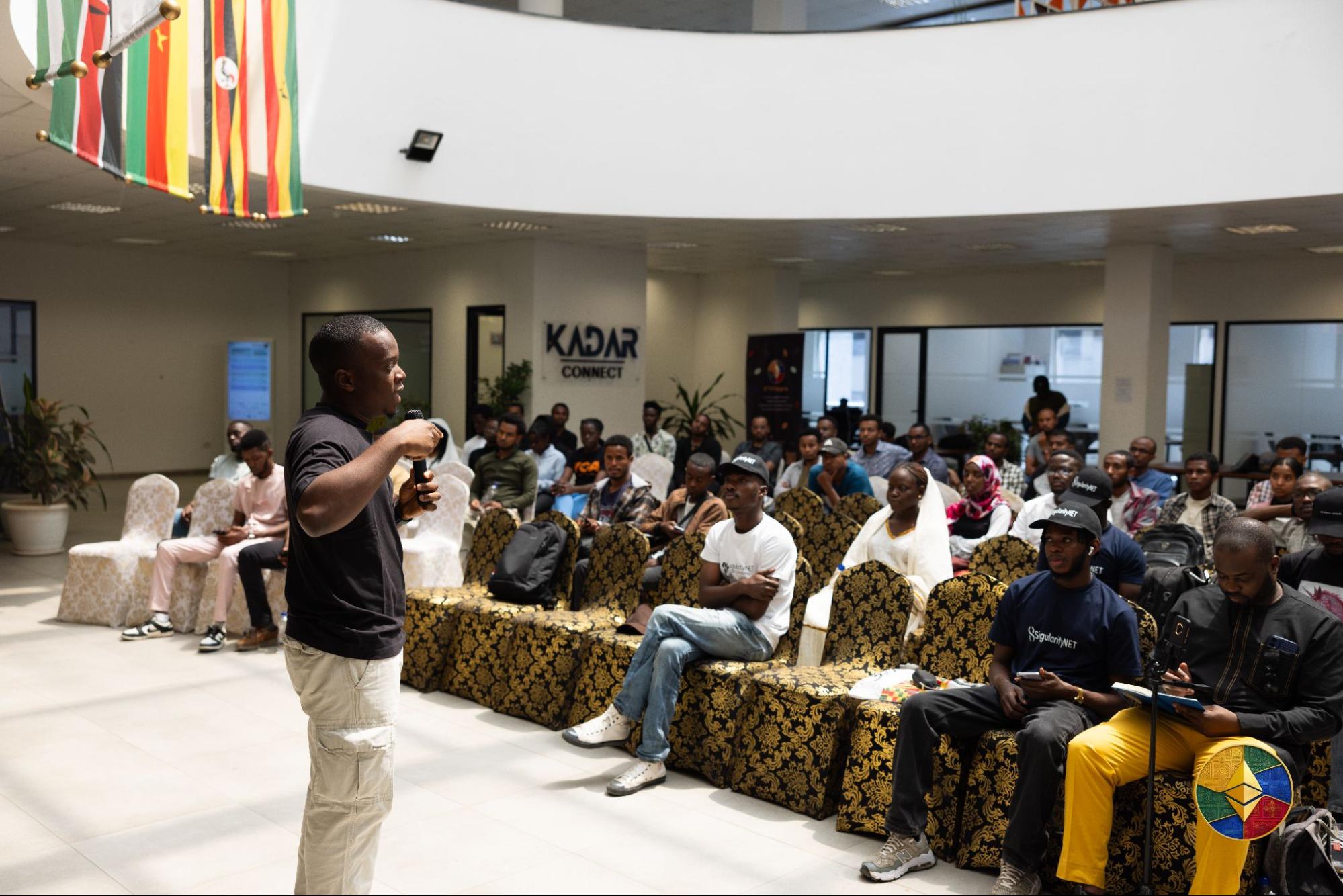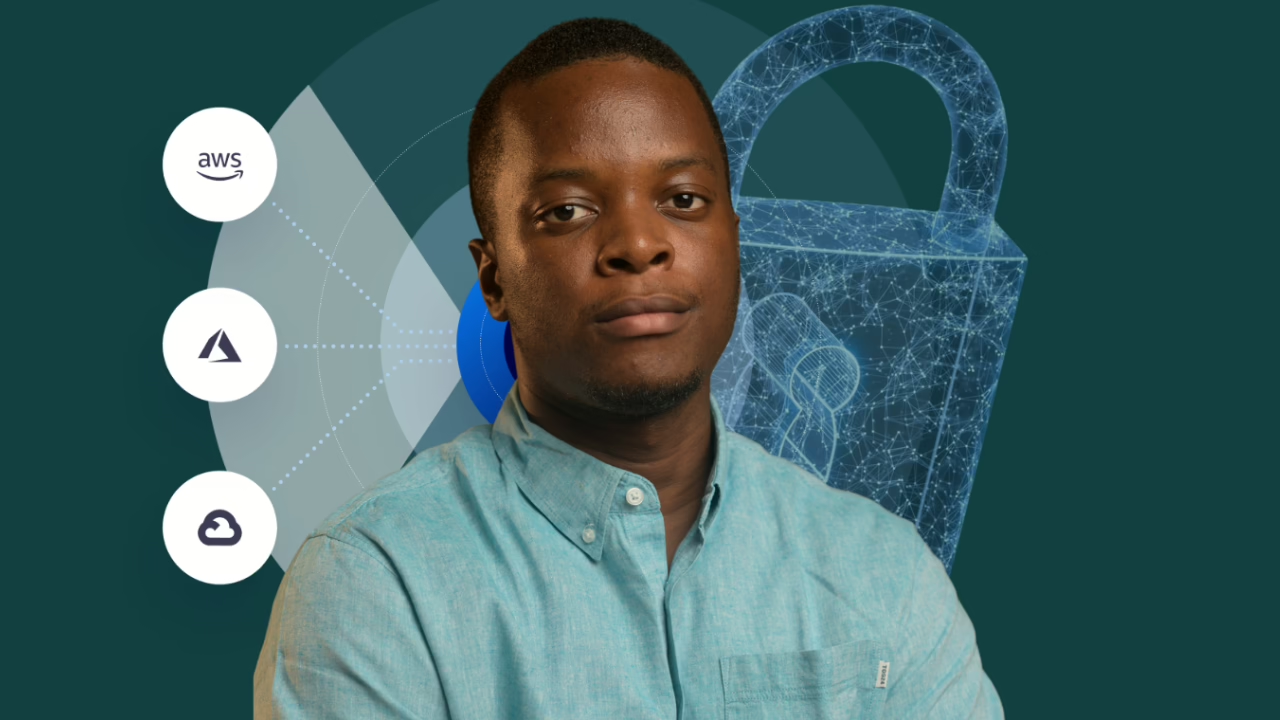Since the dawn of this decade, blockchain technology has been revolutionizing the landscape of global finance. Its hallmark feature-transparency-has emerged as both its most valuable asset and its most vulnerable flaw. Once celebrated as an unbreakable public ledger, blockchain has simultaneously become a playground for fraudsters who exploit the openness of decentralized networks to execute complex scams with alarming speed.
Samuel Arogbonlo, a seasoned platform engineer and expert in observability, believes the true defense against financial fraud transcends conventional firewalls and perimeter security. Instead, it resides within the unseen layers of telemetry, logs, metrics, and traces that form the backbone of trust in blockchain systems. Behind the scenes, he is instrumental in helping the industry identify and close these hidden vulnerabilities, safeguarding users from increasingly sophisticated fraudulent schemes.
With over four years of experience crafting secure and scalable Web3 infrastructures, Arogbonlo exemplifies a new breed of engineers who view DevOps not merely as a technical discipline but as a critical frontline defense against financial crime. His pioneering work highlights how observability is rapidly becoming essential to securing decentralized financial ecosystems.
From Early Fascination to Mastery of Cloud-Native Technologies
Arogbonlo’s passion for technology ignited long before terms like Kubernetes and cloud-native architectures entered mainstream tech conversations. Growing up in 1990s Nigeria within a family of engineers, his first encounter with computing was watching his father operate AutoCAD on a bulky desktop computer at home.

By the age of six, he was already ahead of his peers, even teaching adults the fundamentals of computing in an improvised classroom set up in his family’s living room. This early inquisitiveness sparked a lifelong quest to understand the mechanics behind everyday technology-pondering questions like, “What happens when I press the ‘A’ key that makes it appear on the screen?”
“I’ve always been driven by a desire to understand how things function,” he reflects. This curiosity guided him through university, where he delved deeply into programming, embedded systems, and infrastructure design.
Starting his career in full-stack development and systems architecture, Arogbonlo eventually specialized in platform engineering. Today, he spearheads infrastructure projects aimed at enhancing blockchain networks-not only improving speed and scalability but also fortifying them against fraud.
Observability: The Crucial Layer in Combating Blockchain Fraud
Detecting fraud within blockchain environments presents unique challenges. The decentralized nature and the increasing intricacy of multi-chain ecosystems create exploitable gaps for malicious actors. For Arogbonlo, observability fills this critical void.
“Observability goes beyond simply detecting that something is wrong,” he explains. “It’s about pinpointing the root cause and tracing the origin of anomalies before they escalate into widespread failures or fraudulent activities.”
Unlike conventional monitoring tools, observability frameworks can integrate disparate data streams across various blockchains. Arogbonlo has developed innovative methods that merge real-time smart contract scrutiny with cross-chain observability, empowering organizations to identify fraud attempts before they proliferate.
One significant challenge he addresses is cross-chain fraud, where attackers exploit blind spots between different blockchain networks. For instance, a scam might initiate on one protocol and conclude on another, complicating detection efforts. By leveraging graph analytics and forensic tracing techniques, Arogbonlo connects suspicious activities across Ethereum, Solana, and lesser-known chains, revealing patterns that would otherwise remain concealed.

“Transparency doesn’t guarantee true visibility,” he notes. “Fraudulent activities are often technically observable but not immediately identifiable as malicious until it’s too late. Observability bridges this critical gap.”
Looking forward, Arogbonlo envisions a future where blockchain security thrives on collaboration. Much like cybersecurity firms share malware signatures, he foresees blockchain protocols exchanging threat intelligence. He imagines decentralized security networks powered by interconnected observability nodes that share anomaly reports, exploit alerts, and real-time behavioral assessments across ecosystems.
He anticipates three transformative trends shaping blockchain security’s next chapter: artificial intelligence evolving from passive detection to active threat neutralization; zero-trust models enforcing continuous verification for every transaction and contract interaction; and behavioral biometrics redefining digital identity, enhancing wallet and protocol security through contextual awareness.
“Regulatory frameworks are lagging behind,” he cautions. “That’s why proactive observability has shifted from being a best practice to an essential survival tactic.”
Samuel Arogbonlo: Engineering Solutions with Worldwide Reach
Arogbonlo’s impact extends well beyond theoretical innovation. His contributions at leading Web3 firms such as Zeitgeist PM and ChainSafe Systems have helped establish infrastructure that supports critical blockchain applications globally.
Currently, he holds the position of Senior Infrastructure Engineer at P2P Staking, the industry’s largest institutional staking provider. With over $10 billion in total value locked and clients including BitGo, Ledger, ByBit, and Crypto.com, P2P Staking controls more than 20% of the restaking market. The robustness of its systems is vital not only to its clientele but also to the overall health of the blockchain ecosystem.
“In the Web3 world, you’re building the financial backbone for individuals who may never interact with traditional bankers or regulators,” he explains. “Their entire economic future depends on the dependability of your infrastructure.”
His dedication extends beyond corporate environments. Through his nonprofit, Sabino Tech, Arogbonlo mentors and trains aspiring software engineers, many of whom have secured positions at prestigious firms like JPMorgan and Goldman Sachs. He has also empowered thousands of developers via programs such as the Google Developer Scholarship.
As a thought leader, he has shared his expertise at international conferences including Conf42 SRE in Ethiopia and Web3 Amsterdam.

Through his podcast, The Software Mindset, he demystifies complex subjects like Web3 and artificial intelligence for a broad audience, exploring the intersections of technology with ethics, culture, and society.
When asked what advice he would offer his younger self, Arogbonlo responded without hesitation: “Take more risks. The most significant breakthroughs came from tackling challenges I initially felt unprepared for.”
This fearless approach has propelled him from a curious child in Nigeria to one of the most innovative engineers in the blockchain sector.
His journey underscores a fundamental truth: combating financial crime will not be achieved through regulation alone. It will be won through code, through logs, through latency, and through the invisible systems that safeguard billions in digital assets every day.
As blockchain adoption accelerates and cybercriminals grow more cunning, the engineers developing observability frameworks are quietly shaping the future of trust.
Leading this charge is Samuel Arogbonlo, a visionary technologist demonstrating that in a decentralized world, transparency must be paired with vigilant oversight.























0 Comments